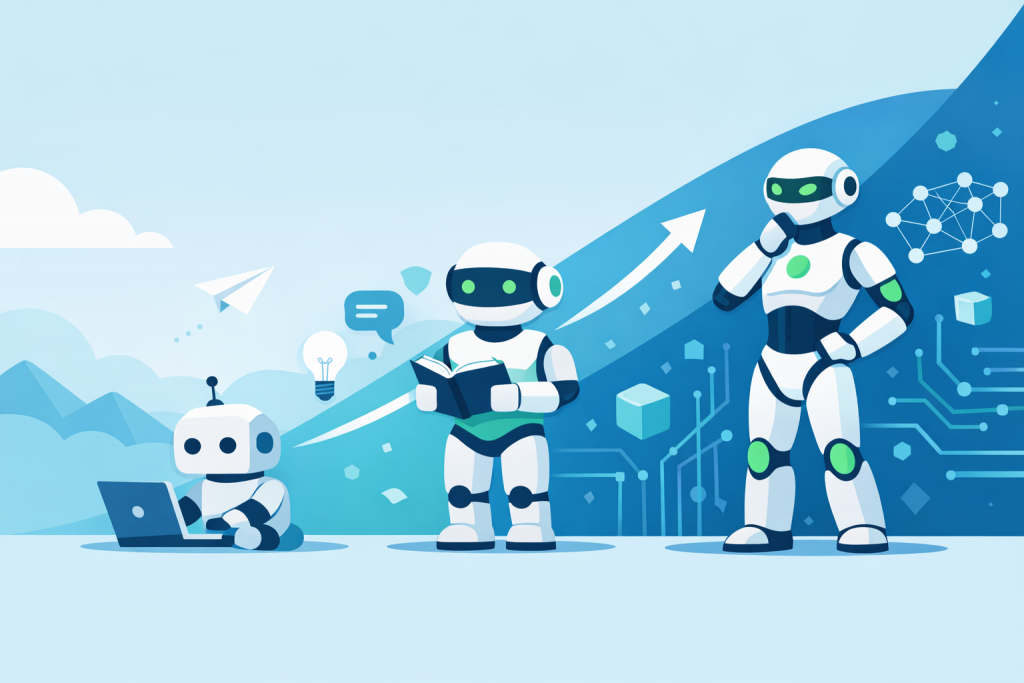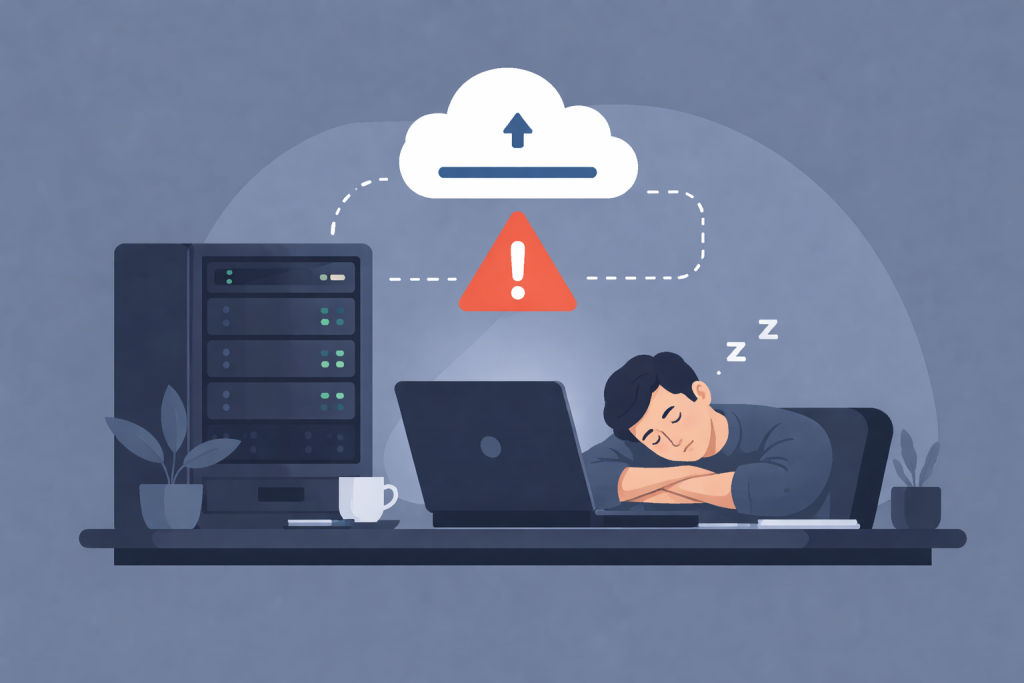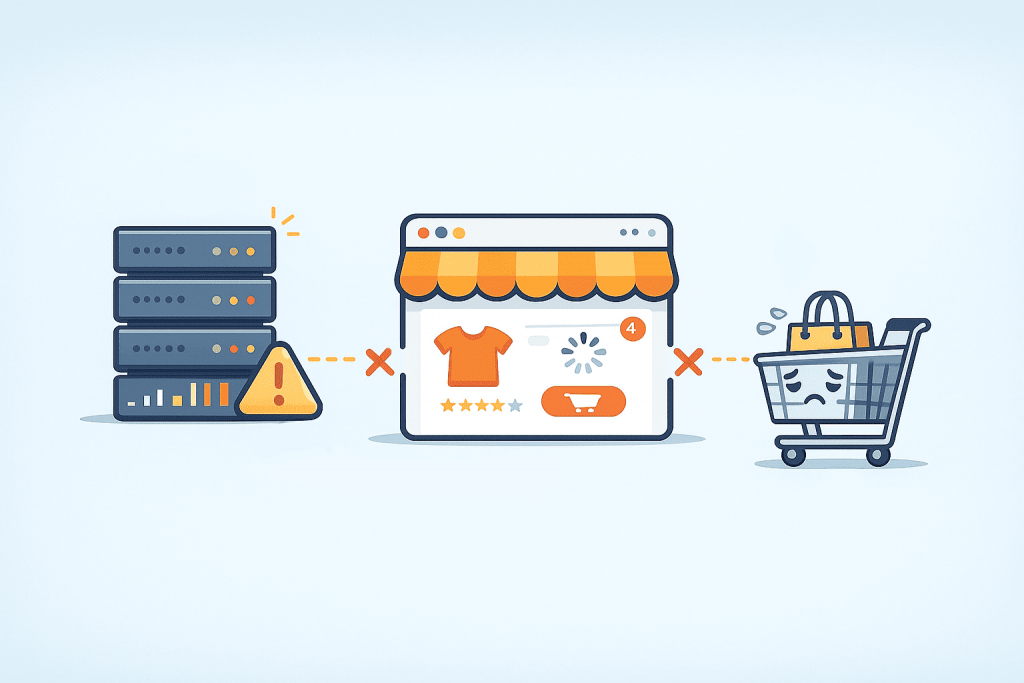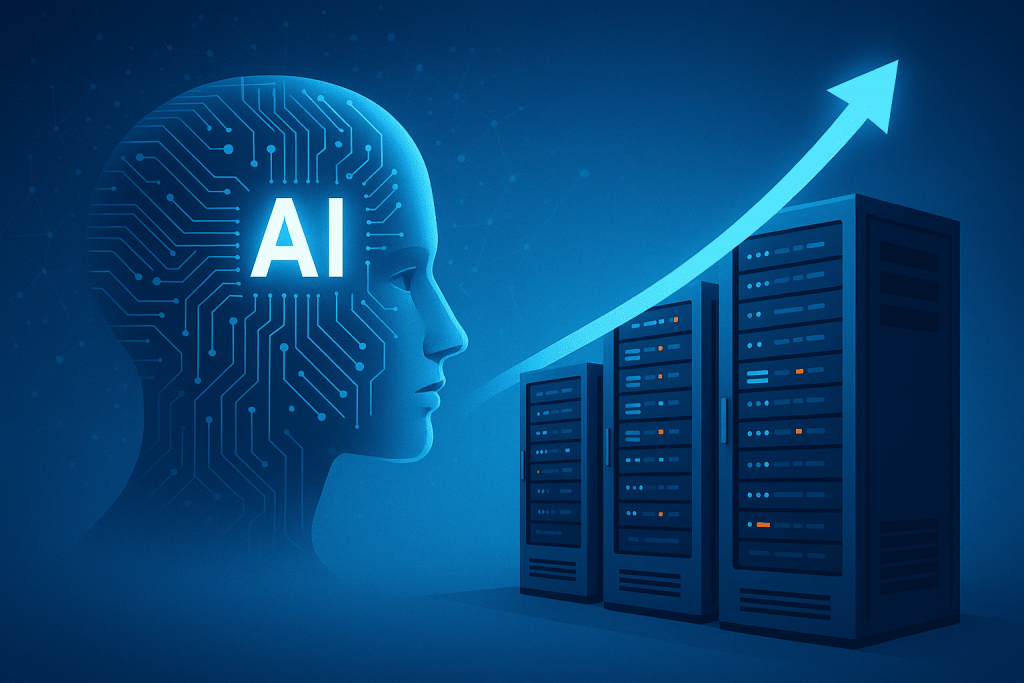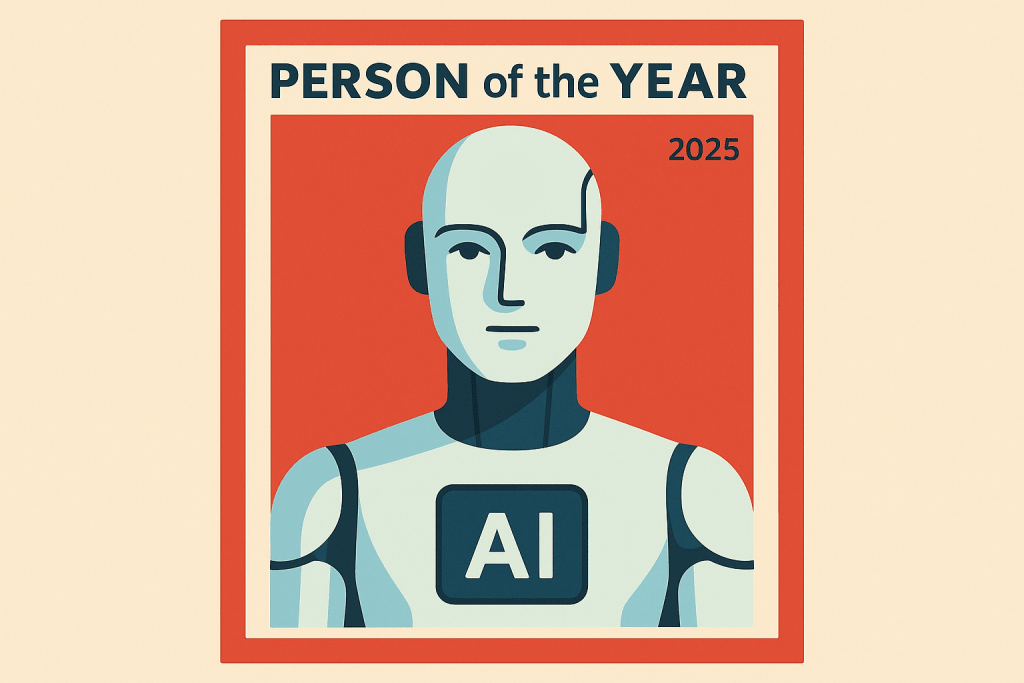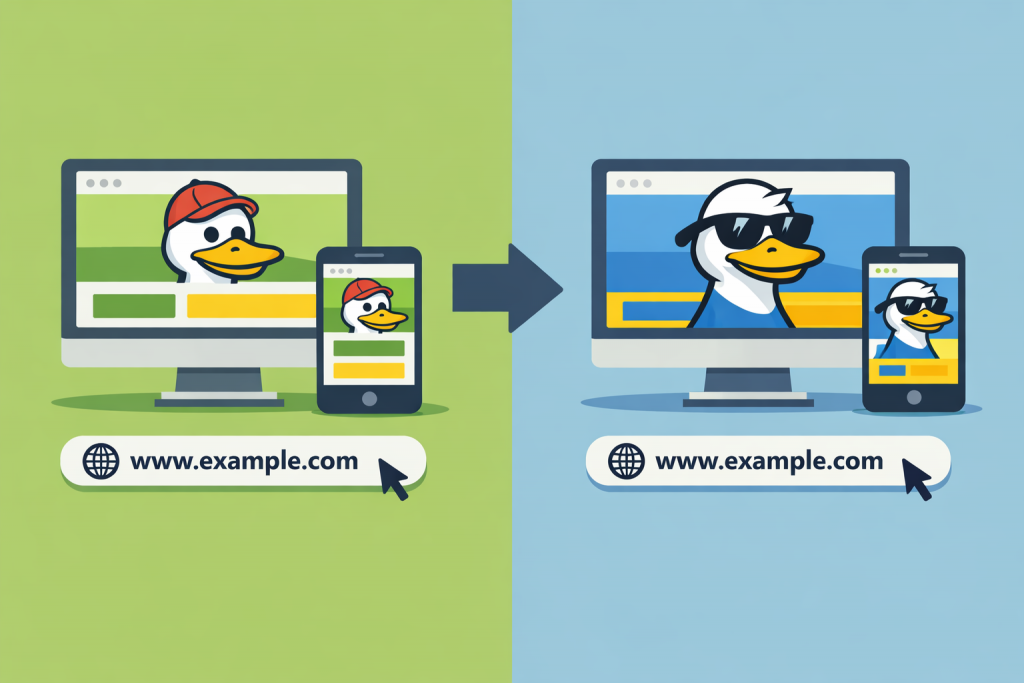
Rebranding is often perceived as a complete reset of a business — a new name, logo, communication style, and even a new domain. However, in practice, changing the domain name is far from always necessary. In many cases, a company can refresh its brand without losing its main digital asset — a domain that already has history, reputation, and user trust. It is important to understand in which situations keeping the existing domain is not only possible, but also a strategically sound decision.



